Healthcare organizations can’t help but crow about the abundance of data they’ve accumulated as well as its potential for use in marketing programs. At the same time, all their bluster can’t obscure the fact that a majority of them haven’t yet digested and deployed this cache in a manner that better serves their audiences. In its annual Data Issue, MM&M analyzes a range of data-adjacent concerns, including the potential for a privacy apocalypse and the strategies employed by pharma’s data architects to make the numbers meaningful.
Featured Articles
Data Architect Q&A
From the February 01, 2019 Issue of MM+M - Medical Marketing and Media





